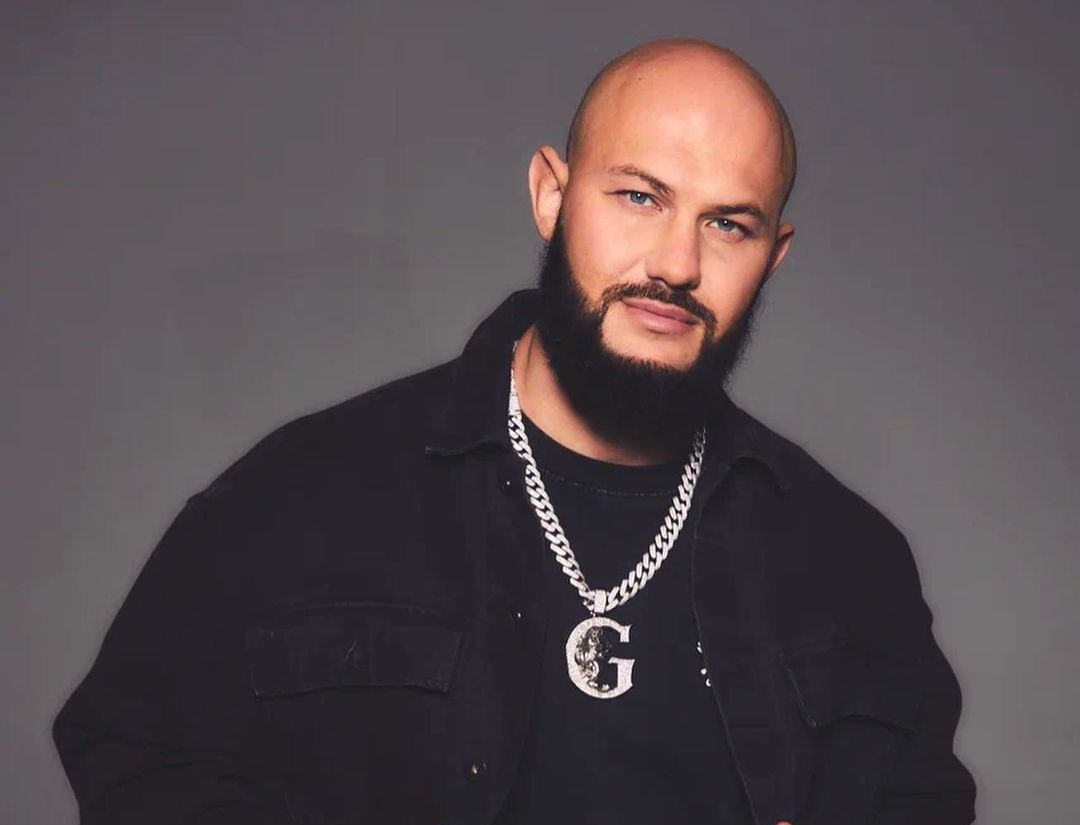Breaking into the fashion empire is not easy, it requires commitment, discipline and a lot of work. When those passionate about sewing manage to have their space, they find themselves in a place imbued with creativity and talent. In Spain we are fortunate to have real artists in the textile sector. Designers and entrepreneurs who are building a sector that has more respect for nature and includes more people.
The way of consuming and the demands placed on brands are changing. Current fashion is directly affected by this transition as brands converge in an increasingly demanding market, where transparency and values are an essential part of the brand. It occurs in large, medium and small companies in the sector. Then we will talk about some Spanish brands with a lot of potential and positive values that bring the customer closer to a more respectful and conscious way of consuming.
It’s a fashion brand genderless made in Spain. Defining themselves as “a hybrid space between fashion and art”, they collaborate with artists from a variety of disciplines, including illustrators, painters, falleros, graffiti artists and writers. With their designs they want to bring art closer to the street and at the same time make the creations of emerging artists from our country visible.
Their clothes stand out because they have no gender and seek the liberation of the people who wear them. They are built from a minimalist vision that is also present in their physical space, a place spread over two floors, the first intended for a conventional shop and the basement, which houses five stages to promote other artistic disciplines. Alternativx is experimenting with a new store concept that unites art and fashion and can be visited in the capital.
Rammiro Gómez is the artist behind the work, RGV. The north and the sea are her inspiration, shells from the beach and the colors that remind her of Santander, the city of her maternal family, inspire her to create unique pieces of clothing, among which corsets stand out.
The designer talks about the beginning of the brand: ”RGV was born in the midst of a pandemic, motivated by the need to make new things out of old things. I’ve been trying to get that piece of myself abroad for a long time and I couldn’t find a better time and with fewer resources than the pandemic. I knew I wanted to kiss her in the corsets so I pulled out all the fabrics and clothes I forgot at home and created a capsule collection of 8 outfits. I uploaded it to networks and from there everything started rolling. At RGV we try to make our garments with at least 80% materials upcycledi.e. remnants of fabrics, garments vintagedamaged garments, loose pieces from any area”.
His collections are annual and so far he has presented two, interspersed with a collection of corsets. The designer deconstructs the classic vision of the corset and gives free rein to his imagination by creating unique garments made of non-continuous fabrics. Search “making clothes” slow mode and that they are not dependent on trends”.
Emotion is Marlota’s engine. From this feeling came the inspiration that the creator, Mar García, was born, who captures emotions in timeless and quality garments. The company’s motto is “less is enough” and it demonstrates the value of what it produces through a manifesto on its website, in which it speaks of its 100% production in Spain, the craftsmanship of the processes and encourages slow down the pace of production. fashion, including enjoying the process and the result.
The company takes inspiration from classic garments and adapts them, creating its own universe, a place where clothing is here to stay and unconscious consumption is left behind. To convey the essence and the discourse, they use different artistic disciplines such as dance, photography or video, creating authentic, evocative pieces with a very special aesthetic.
It originated from the hand of JCDoggio and with the aim of changing processes and producing eco-friendly fashion. They say on their website that they work under the philosophy of ‘zero waste’, creating limited edition micro-collections and “avoiding industrialization and storage that does so much damage”. To live up to this philosophy, they hold annual fashion shows made with waste materials and materials from other companies, giving them a new lease of life. In their parades, they take inspiration from social or natural injustices and donate a percentage of the turnover to various NGOs related to inspiration.
The brand represents the woman of the future through natural fabrics, taking advantage of all fabrics and avoiding cutting. In this way, the garments made by Spanish artisans are characterized by their visible seams, natural falls, organic shapes and handmade pleats.
Source: Marie Claire
I am Anne Johnson and I work as an author at the Fashion Vibes. My main area of expertise is beauty related news, but I also have experience in covering other types of stories like entertainment, lifestyle, and health topics. With my years of experience in writing for various publications, I have built strong relationships with many industry insiders. My passion for journalism has enabled me to stay on top of the latest trends and changes in the world of beauty.





